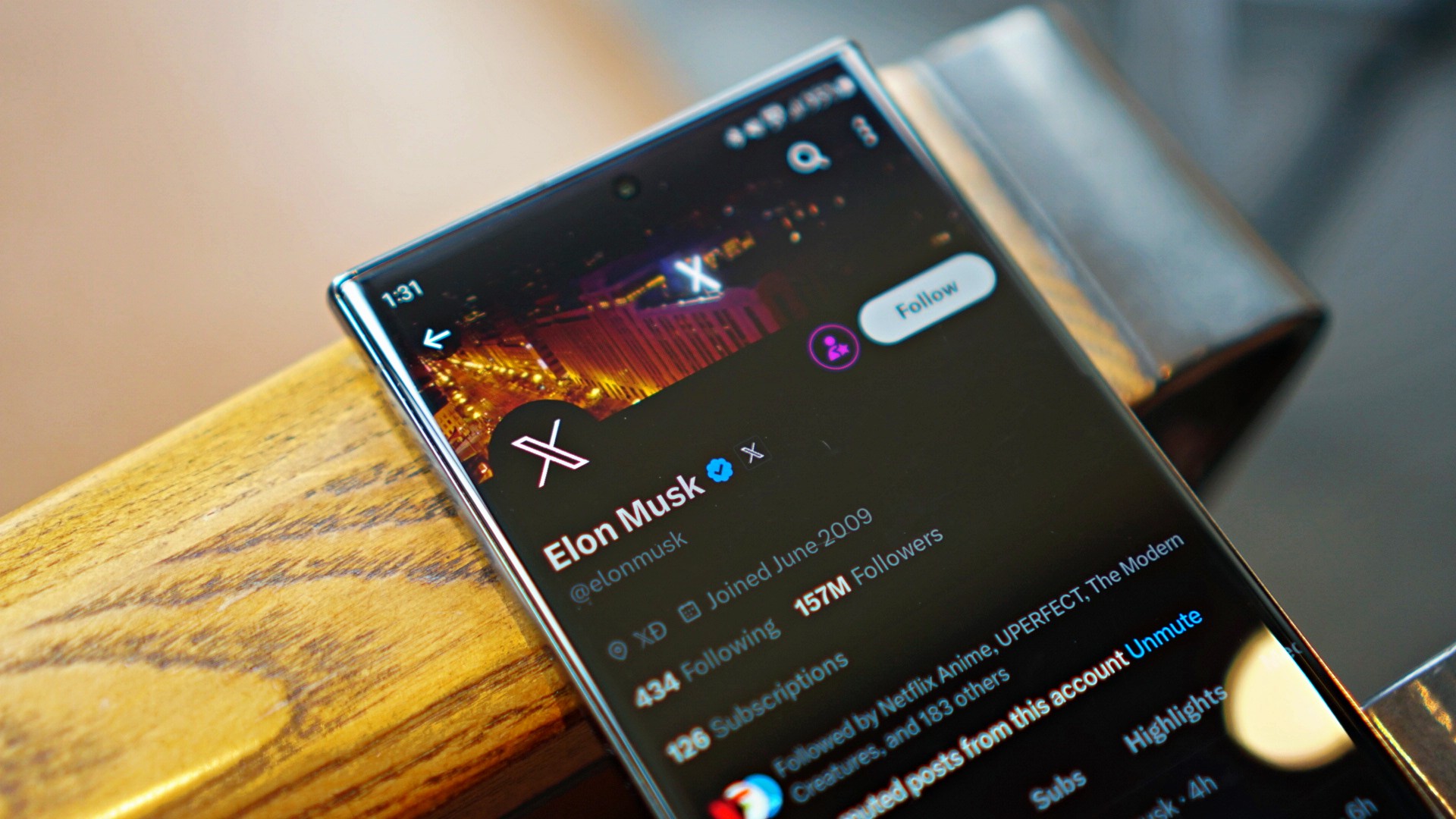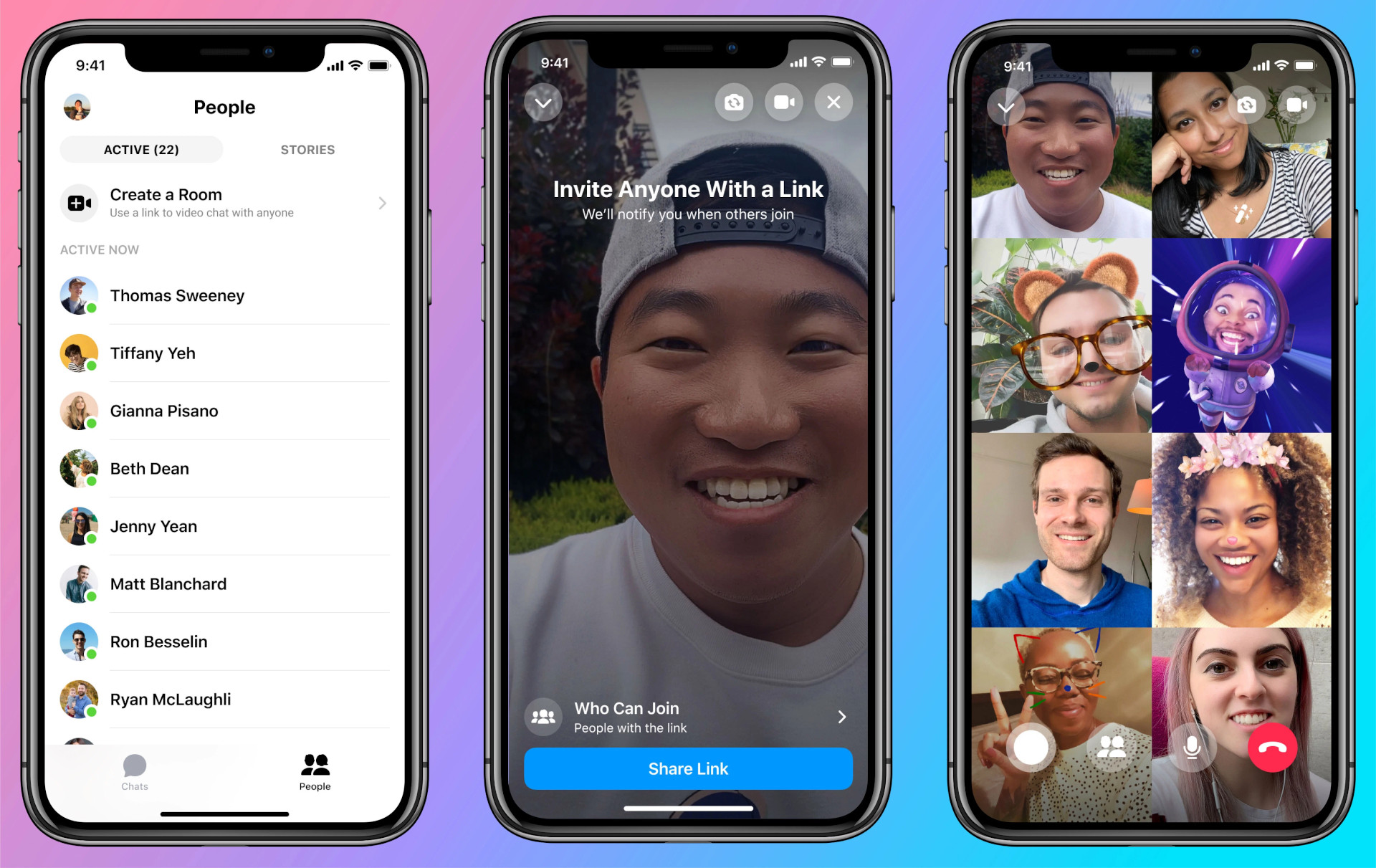Apps
Looking for the best video conferencing service? Here’s a guide
We’ve got you covered for work as well as casual meetings

The Coronavirus pandemic has forced everyone indoors and companies are scrambling to adopt the work-from-home model. While larger companies deal directly with service providers under the B2B setup, individuals or smaller teams are having a hard time picking the right video conferencing service or app.
Before we get started, you need to ask yourself about your requirements. How big is your team? How well equipped is your team? Most importantly, how do you intend to use the service?
1. Zoom
However, the service has risen to fame too soon amid the pandemic and couldn’t keep up with stringent safety as well as privacy norms. If your business deals with sensitive information that needs guaranteed protection, we’d suggest staying away from this service for now. But, it isn’t that unsafe to use and is perfect for general domestic as well as business needs.
2. Skype / Microsoft Teams
The name is synonymous with video conferencing and pioneered the industry more a decade ago. Now owned by Microsoft, it’s a robust platform that’s well integrated with other Microsoft services like Outlook and even Office. If your workflow is based on the Microsoft ecosystem, this should be your go-to option. However, Skype is limited inherently and recommended for individual or casual meetings with friends and family.
For work or businesses, Microsoft Teams is a collaborating tool like Slack that intends to replace emails and make workplace connectivity even more streamlined. You can add up to 100 participants in one call and that’ll be soon upgraded to 250 in the coming weeks. Both the services have free as well as paid plans depending on the requirement.
3. Google Hangouts / Google Meet
Just like Microsoft’s offering, Google Hangouts has been around for a long time and the go-to option for many. It was designed to offer group video calling, but for domestic or casual use. It’s also deeply integrated into Google’s ecosystem of services and often competes against the companies another offering — Google Duo.
For work or business-related usage, Google was quick to launch Google Meet. In simpler terms, it’s an upgraded version of Google Hangouts and can accommodate up to 100 users at once and has both, paid as well as free plans. However, it’s more generous than Zoom and gives free users a 60-minute usage window than just 40.
4. Facebook Messenger Rooms:
While every tech giant is going after the video-conferencing trend, Facebook felt left out as well and debuted a feature called Messenger Rooms. It allows up to 50 people to take part in a video chat, even if they don’t have Facebook accounts. In line with Facebook’s history with Instagram, it lets you add augmented reality (AR) filters like bunny ears and more.
We’d suggest using this app for casual calls with your friends and acquaintances or hosting informal “rooms” with your colleagues or Meetup events. Facebook’s history with privacy hasn’t been spick-and-span and we don’t encourage enterprises to use this service.
5. WhatsApp / FaceTime:
WhatsApp is the most popular instant messaging app and is known for its simplicity yet feature-rich offerings. When compared to the rest of the services, this one lets you add only eight users in a group video call. And, that’s the intended purpose. The app is super casual and best for waking up that one friend who has been sleeping too much during the lockdown.
The same goes for FaceTime, Apple’s in-house messaging, and video calling service. If you’re a micro-team, these solutions would very well work for you. But as you grow, these tools are insufficient to get work done and are standalone apps that offer nothing more than just the basics.


New users on X might soon face a tough time on the platform. The social media website will likely start charging new accounts a small fee for the right to post on the platform.
Now, the fee isn’t a new one. Almost six months ago, the company tested the paid system in New Zealand and the Philippines. New users in those countries had to pay a dollar per year for the ability to post and reply to content.
As spotted by X Daily News on the same platform, the company might be ready to take the experiment to a larger market. New text strings have shown that the policy is rolling out worldwide.
SPECULATION: X might be expanding its policy to charge new users before they reply/like/bookmark a post https://t.co/odqeyeiHBx pic.twitter.com/EU71qlwQ0D
— X Daily News (@xDaily) April 15, 2024
The policy is designed to combat a wave of bots appearing on the platform. By preventing new accounts from creating posts, X hopes to stave off the standard behavior of bots these days. You might have noticed them as OnlyFans creators in unrelated posts, peddling NSFW content on their bio.
Though the global rollout was only just spotted, owner Elon Musk has seemingly confirmed the change. Replying to X Daily News, Musk says that it is “the only way to curb the relentless onslaught of bots.” He says that the current breed of bots can easily bypass simple checks these days.
Apps
Disney+ might get always-on channels similar to cable TV
Featuring content from Marvel, Star Wars, and classic Disney

The burden of choice on streaming platforms is real. If you’re like us, you’ve spent hours just mindlessly scrolling through titles on Netflix or Disney+ without watching anything. Netflix, at least, has a Play Something button to fight off that irresistible urge. Now, Disney+ is reportedly trying something different: always-on channels.
If you already cut cable from your lives, you’re likely missing traditional channels or networks that have pre-determined programming. It was a flawed system that eventually ended up with mediocre content and a downpour of ads. However, cable did allow us to keep watching without deciding what comes next.
Now, according to The Information, Disney+ is working on adding those channels to its streaming service. Naturally, these channels will include content from the platform’s library such as Marvel, Star Wars, and its list of classic animated films.
Strangely, the reported feature might still have ads in between programs. Though the addition of ads does mean a better similarity with real television, users still have to be paying subscribers to access the channels. Even if you’re already paying for Disney+, you might still get hit with ads.
Disney has not confirmed the reports yet. The platform might launch a version of the feature outside of the scope included in this report. It’s also unknown when these always-on channels will launch.
SEE ALSO: Macross to be available on Disney+
A few years ago, Apple unleashed one of the most interesting features for the iPhone today: Emergency SOS. Designed for those who like their fair bit of the outdoors, Emergency SOS allows users to contact emergency services without network coverage. Other manufacturers, however, are struggling to adopt the same feature. Now, Google might soon join Apple in providing satellite connectivity for its users.
Despite the convenience, satellite connectivity hasn’t taken off as much as the industry expected it to. For one, a network of satellites isn’t the easiest thing to maintain. Apple is still currently offering its services for free, a gamble that may or may not pay off. Now, the iPhone maker won’t be alone.
According to Android Authority, Google might start offering the same service to Pixel 9 users. Starting with this year’s upcoming flagship, the company is reportedly teaming up with T-Mobile to create satellite connectivity for its users. The telecommunications network is teaming up with SpaceX for the feature.
The same report describes how the feature might work. Once activated, the feature will ask users of their situation: is everyone breathing, are people trapped, are weapons involved, among others. The phone will then relay this information to emergency authorities for a rapid response.
Unfortunately, pricing remains a mystery. While Apple is still offering its satellite connectivity for free, other brands might put the burden of cost on the end user. Hopefully, they won’t, but a paid version is unfortunately expected at this point.
SEE ALSO: Should you be excited for Apple’s satellite connectivity?
-

 Accessories2 weeks ago
Accessories2 weeks agoApple Vision Pro Review: Two Months Later
-

 Features5 days ago
Features5 days agoFortify your home office or business setup with these devices
-

 Gaming1 week ago
Gaming1 week agoThe Rogue Prince of Persia looks like an ultra-colorful roguelite
-

 Events1 week ago
Events1 week agoStellar Blade: PlayStation taps cosplayers to play Eve for game’s launch
-

 Gaming1 week ago
Gaming1 week agoStar Wars Outlaws release date revealed
-

 Accessories1 week ago
Accessories1 week agoLogitech unveils G Pro X 60 gaming keyboard: Price, details
-

 Philippines2 weeks ago
Philippines2 weeks agovivo Y100 to release in Philippines on April 27
-

 Deals2 weeks ago
Deals2 weeks agoSamsung Awesome April: Deals on Galaxy A series




























